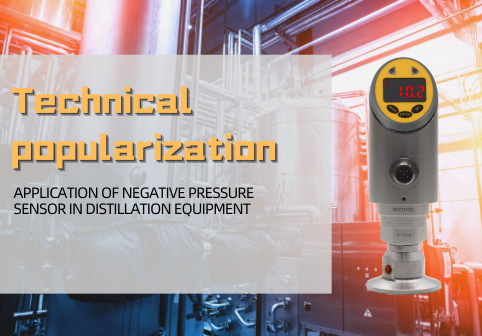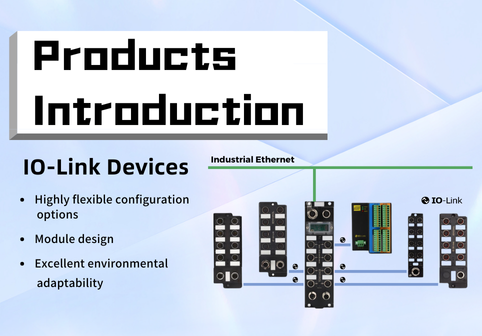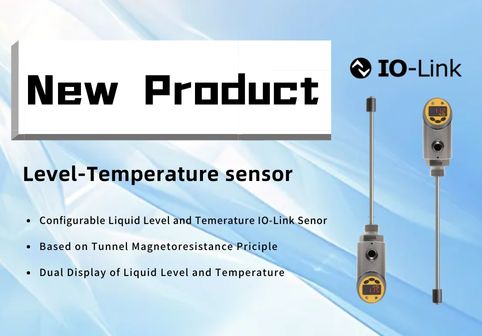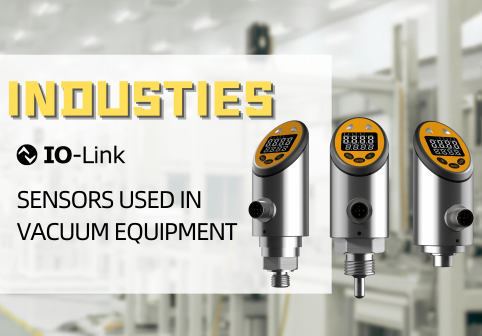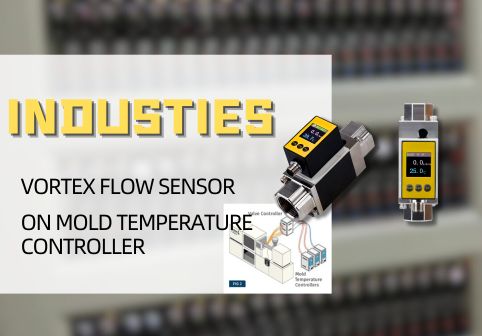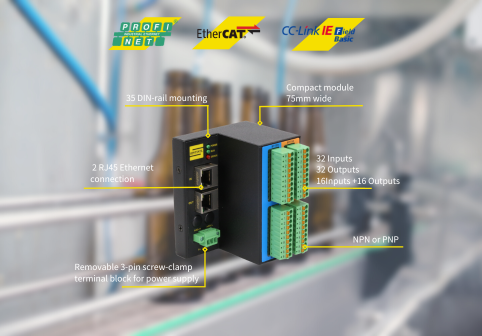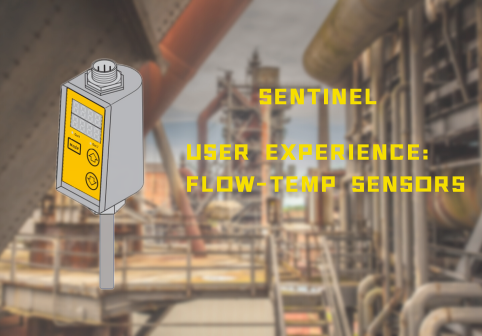Technical Introduction | What is a Thermal Conductivity Flow Sensor
About SENTINEL
Since its establishment in 2008, Tianjin SENTINEL Electronics Co., Ltd. has been committed to the development of the industrial automation control field, focusing on the R&D, manufacturing, and sales of distributed IO modules, process control sensors (including flow, pressure, temperature), and connection systems. As one of the few domestic manufacturers that have mastered fieldbus products and IO-Link technology, SENTINEL operates under the business philosophy of "innovation-driven intelligent manufacturing, serving customers with heart", offering cost-effective industrial automation solutions that have gained widespread market recognition and customer trust.
Today, we will delve into SENTINEL's thermal conductivity flow sensors. Before introducing the sensors, let's first understand the principle of thermal conductivity.
What is the "Principle of Thermal Conductivity"
The principle of thermal conductivity is based on the fundamental laws of heat transfer, the phenomenon and process by which heat moves through a material from a higher temperature area to a lower temperature area. In industrial automation and sensor technology, this principle is widely applied to measure the flow of fluids (such as gases or liquids). Thermal conductivity flow sensors use the principle of heat transfer to detect the flow of fluids.
Working Principle of Thermal Conductivity Flow Sensors

- Heating Element: In thermal conductivity flow sensors, a heating element (R2) is used to heat the medium near the sensor. The temperature of the heating element is maintained at a level higher than that of the medium.
- Temperature Detection: The sensor also contains a temperature detection element (R1) to measure the temperature of the medium and detect changes in temperature caused by fluid flow.
- Heat Transfer: When the medium is stationary, the heat exchange between the heating element and the surrounding medium is relatively stable. Once the medium begins to flow, the flowing medium takes away more heat, causing the temperature of the medium near the heating element to drop.
- Flow Rate Calculation: The temperature change caused by fluid flow can be used to calculate the flow rate. Specifically, the higher the flow rate, the more heat is taken away, and the more significant the temperature change. By measuring this temperature difference, the flow rate of the fluid can be indirectly measured.
Requirements for On-site Installation
Installation Requirements

The installation requirements for thermal conductivity flow sensors are relatively simple, but several key factors must be considered to ensure accuracy and long-term stability. First, the sensor should be installed in a position where the fluid flows steadily, avoiding the effects of bubbles, eddies, or other unstable flow phenomena. Secondly, the installation location should be far from heat sources or areas with large temperature gradients, to avoid interference from external heat sources on the measurement results.
Advantages of Thermal Conductivity Flow Sensors
Thermal conductivity flow sensors offer several advantages, making them an ideal choice for many industrial applications. Firstly, they can provide highly accurate and repeatable measurement results, which are crucial for ensuring process control and optimization.
Secondly, the design of thermal conductivity flow sensors has no moving parts, which means they are not only highly reliable but also require almost no maintenance. This is particularly important for applications that are difficult to maintain regularly or work in harsh environments.
SENTINEL PLS Series Flow Sensors
Next, we will explore SENTINEL's PLS series flow sensors based on the principle of thermal conductivity:
PLSX Series

The PLSX series flow sensors are designed for monitoring the flow of liquid media. These sensors feature a PBT casing and 304 stainless steel probe, ensuring the product's durability and reliability. Users can choose from a variety of probe specifications such as G1/2, G1/4, M18x1.5, etc., according to their installation needs. Additionally, the PLSX series uses a potentiometer to adjust the switching point, and an LED strip to indicate the sensor status, making it easy for users to adjust and recognize the device status, thereby enhancing operational convenience and efficiency.
PLSU Series

The PLSU series shares the same functions as the PLSX series but places a greater emphasis on corrosion resistance and application range. These sensors have a stainless steel casing and probe, and the M18x1.5 internal threaded probe can be adapted to various specifications through adapters, increasing installation flexibility. A 45° panel paired with a bright LED strip, also using a potentiometer to adjust the switching point, makes monitoring and debugging more convenient.
PLSH Series

The PLSH series is SENTINEL's smart flow sensor series, integrating IO-Link functionality, a 4-digit large digital display, support for mirror display, and a housing top that can rotate 300° to accommodate various installation needs. It supports normally open/normally closed, PNP/NPN/push-pull output mode settings, meeting the needs of complex industrial applications. The display panel, molded in one piece, is resistant to high-pressure water jet spraying, increasing the device's lifespan and environmental adaptability.
Parameter Comparison

Example: Water Flow Monitoring on Metallurgical Industry Equipment

A domestic metallurgical equipment manufacturer has been using our PLSX series flow sensors for water flow monitoring on the production line. This series of products has won high praise from customers with its zero failure rate over five years. We recommended the PLSU series flow sensors to the customer, which not only inherits the reliability and stability of the PLSX series but also, through its upgraded design and materials, ensures that it can perform well even in more demanding industrial environments. For example, in the chemical processing process, the PLSU series flow sensors, with their optimized material selection, have shown excellent chemical corrosion resistance in weak acid and weak alkali industrial environments, providing accurate and reliable flow monitoring.
Summary
Through these innovative flow sensor series, SENTINEL not only meets the market demand for high-precision, high-reliability flow measurement technology but also brings a more intelligent and convenient user experience to customers. In the future, SENTINEL will continue to commit to technology upgrades and new product development to adapt to the ever-changing market needs, providing more comprehensive and efficient flow measurement solutions to global users.



